DeepSeek: The AI Disruptor Redefining Innovation and Market Dynamics
Updated on : 28 January, 2025
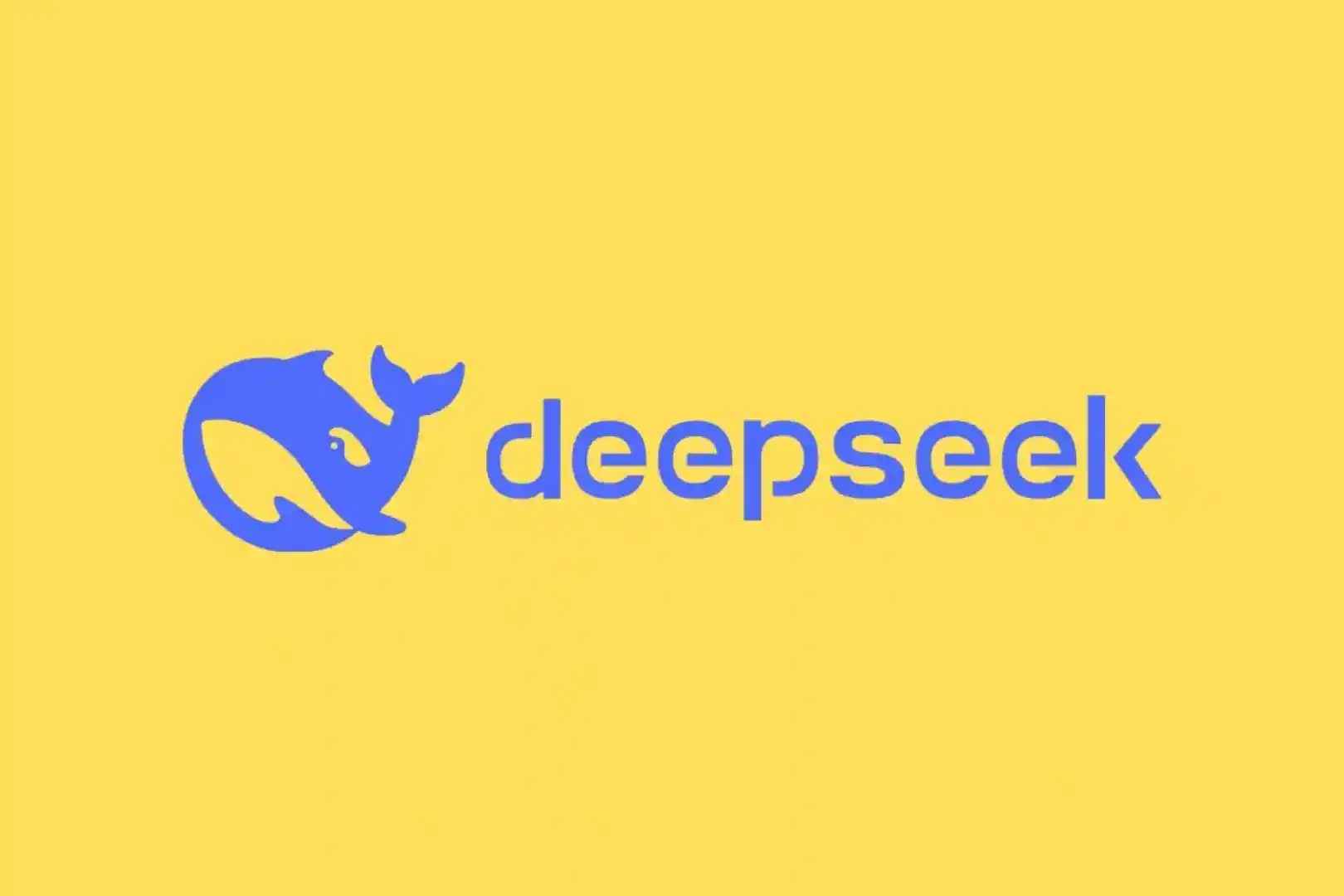
Image Source: newsbytesapp.com
Introduction
DeepSeek, an innovative AI startup founded in 2023, has quickly become a significant player in the artificial intelligence sector, particularly in natural language processing and reasoning capabilities. Its flagship model, DeepSeek R1, has garnered attention for its advanced features that challenge industry giants like OpenAI and Google. Recently, DeepSeek launched a free AI assistant that operates with significantly less data while delivering high performance at a fraction of the cost of competitors, leading to its rapid rise in popularity on the Apple App Store. Founded in Hangzhou, China, and backed by the AI-driven hedge fund High-Flyer, DeepSeek is redefining benchmarks in the AI landscape, signaling a potential shift in global tech dynamics.
World’s Richest Lose $108 Billion Amid DeepSeek Selloff
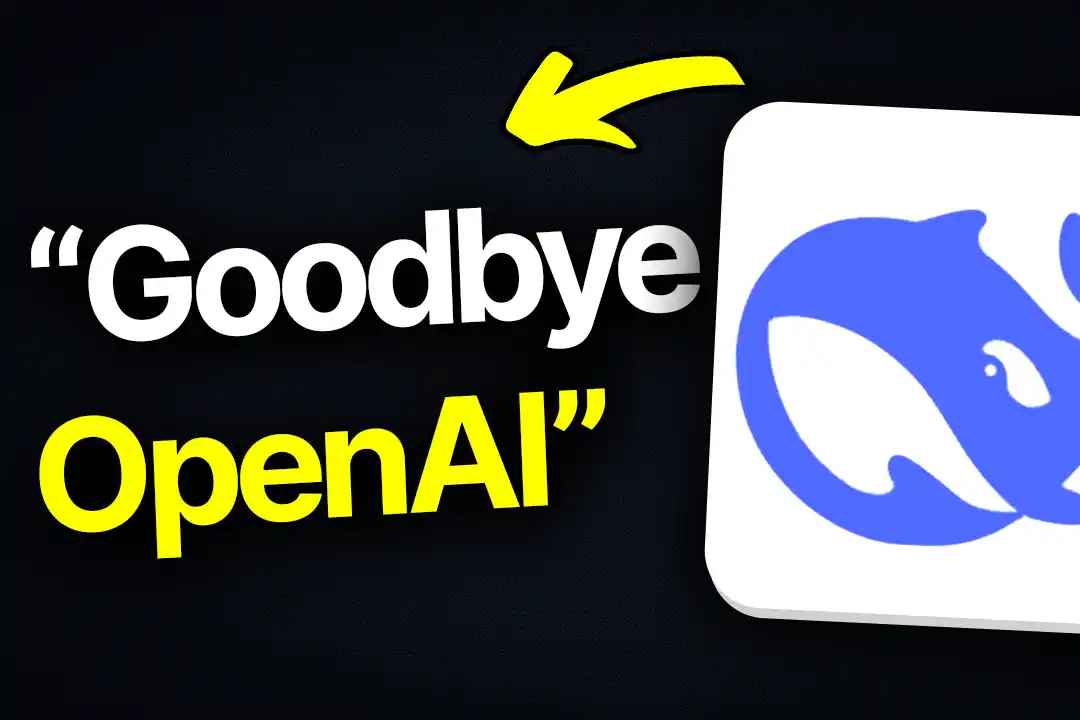
Image Source: aibusinessasia.com
On January 27, 2025, a significant selloff in tech stocks was triggered by the introduction of DeepSeek's cost-effective AI model, leading to a staggering loss of approximately $108 billion among the world's 500 richest individuals. This market reaction reflects investors' reevaluation of their positions in light of DeepSeek's disruptive entry into the AI sector.
The selloff notably impacted tech magnates, with Nvidia co-founder Jensen Huang losing $20.1 billion (20% of his net worth) and Oracle co-founder Larry Ellison facing a loss of $22.6 billion (12%). Other prominent figures, including Michael Dell and Changpeng Zhao of Binance, also experienced considerable declines in wealth.
This event underscores the growing influence of emerging players like DeepSeek in reshaping market dynamics and investor sentiment within the technology sector. As industry experts note, DeepSeek's models are being hailed as a potential "Sputnik moment" for AI, highlighting the urgency for established companies to adapt to this new competitive landscape.
DeepSeek Architecture
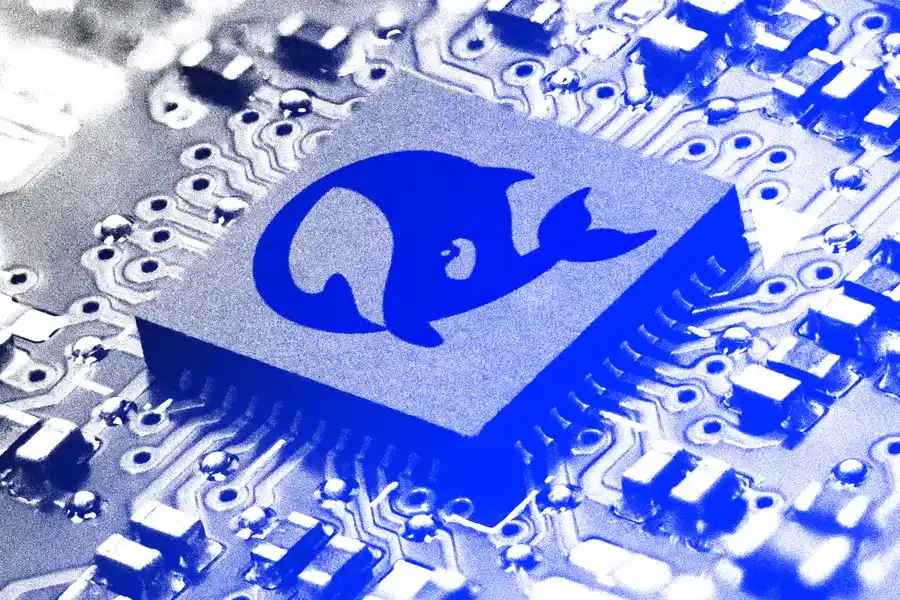
Image Source: insider.com
DeepSeek's architecture is meticulously crafted to optimize performance while ensuring efficiency, utilizing several advanced technologies to achieve its objectives.
Key Components
-
Mixture-of-Experts (MoE): This architecture enables DeepSeek to activate only a subset of its parameters during inference, significantly reducing computational costs while enhancing overall performance. DeepSeek-V3, for instance, features 671 billion parameters, with 37 billion activated per token, positioning it among the largest open-source language models available today.
-
Multi-Head Latent Attention (MLA): This innovative technique allows the model to focus on multiple aspects of input data simultaneously, improving context comprehension and response accuracy. MLA enhances inference efficiency by implementing low-rank joint compression for attention keys and values, thereby reducing memory overhead.
Scalability
DeepSeek's architecture is inherently designed for scalability, enabling it to efficiently handle varying workloads without compromising performance quality. This adaptability is crucial as the demand for AI models continues to grow.
Popular Blogs
Model Variants
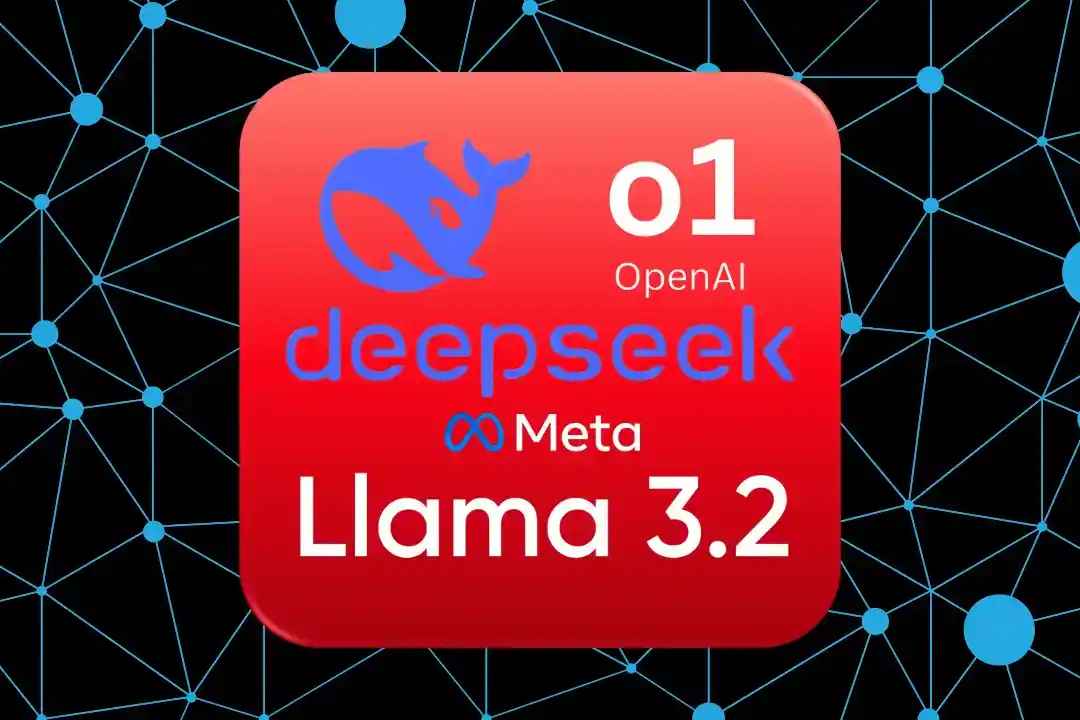
Image Source: digit.in
DeepSeek has developed several model variants tailored to diverse applications and user needs:
-
DeepSeek R1: This model is focused on reasoning tasks, excelling in mathematical and logical challenges, making it ideal for educational and analytical applications. It has been noted for outperforming leading models like OpenAI's o1 on key benchmarks.
-
DeepSeek Coder: Designed specifically for programming tasks, this variant features 236 billion parameters optimized for code generation and debugging assistance. It caters to developers looking for robust coding support.
-
DeepSeek-V2: A more cost-effective model intended for general applications, DeepSeek-V2 provides users with an accessible option without sacrificing performance. It aims to deliver strong results while being budget-friendly.
Core Features

Image Source: hindustantimes.com
DeepSeek's models are equipped with several distinctive features that differentiate them from competitors:
-
Advanced Reasoning Capabilities: Unlike many AI models that provide answers without explanation, DeepSeek R1 offers detailed reasoning processes before delivering responses. This capability enhances user understanding and trust in the model's outputs.
-
Cost Efficiency: The development costs associated with DeepSeek models are significantly lower than those of similar offerings from U.S.-based companies. This cost-effectiveness makes DeepSeek's advanced AI technology accessible to a wider audience, democratizing access to high-performance AI tools.
-
User-Friendly Interface: DeepSeek's models are designed with user experience in mind, ensuring that users can easily interact with them across various platforms. This focus on usability enhances engagement and facilitates broader adoption among users with varying technical backgrounds.
Data Construction and Training
The training process for DeepSeek involves meticulous data collection and preprocessing to ensure high-quality outputs.
Data Sources
DeepSeek utilizes diverse datasets sourced from multiple domains to enhance its general knowledge base and improve response accuracy across various topics. This broad data collection is crucial for developing a well-rounded AI capable of addressing a wide array of inquiries.
Training Techniques
DeepSeek employs advanced machine learning techniques, including reinforcement learning (RL) and knowledge distillation, to continually refine model performance. The RL approach allows the model to learn from feedback, enhancing its reasoning abilities while minimizing biases present in the training data.
Multi-Stage Training Approach
- Cold Start Data: The initial phase involves training with minimally labeled datasets to establish a foundational understanding.
- Reinforcement Learning: This method is applied to improve reasoning skills through trial and error, enabling the model to adapt based on performance feedback.
- Rejection Sampling: The model generates potential outputs, retaining only those that meet specific quality criteria, which helps create synthetic training data.
- Supervised Fine-Tuning (SFT): This phase involves refining the model using labeled data to enhance accuracy on specific tasks.
Performance Metrics
DeepSeek's models have undergone rigorous evaluation against industry benchmarks to assess their capabilities.
-
Chatbot Arena Rankings: The DeepSeek R1 ranks highly on UC Berkeley-affiliated leaderboards, showcasing its competitive edge in performance metrics compared to other AI models. It has demonstrated exceptional proficiency in various reasoning benchmarks.
-
Task-Specific Performance: DeepSeek R1 excels in mathematical tasks and general knowledge queries, outperforming many competitors. For instance, it achieved a Pass@1 score of 79.8% on the AIME 2024 math benchmark, slightly surpassing OpenAI's o1 model, which scored 79.2%. Additionally, it scored 97.3% on the MATH-500 benchmark, indicating strong performance in mathematical problem-solving.
-
User Feedback: User feedback is crucial for evaluating performance metrics, allowing developers to make necessary adjustments based on real-world interactions. This iterative improvement process ensures that the models remain responsive to user needs and expectations.
Use Cases
DeepSeek's versatility allows it to be applied across various domains, enhancing functionality and user experience:
-
Customer Support: Automating responses and providing real-time assistance significantly enhances the customer experience while reducing operational costs for businesses. DeepSeek's models can handle a high volume of inquiries efficiently, ensuring timely and accurate responses.
-
Content Creation: The ability to generate articles, essays, marketing materials, and other written content efficiently saves time for writers and marketers alike. DeepSeek models can produce high-quality text tailored to different styles and formats, streamlining the content creation process.
-
Programming Assistance: The Coder variant aids developers in tackling coding challenges by providing code suggestions or debugging support. This seamless integration into their workflow enhances productivity and reduces the time spent on troubleshooting.
Open-Source Framework
DeepSeek embraces open-source principles by making its models accessible for public use, fostering collaboration and transparency within the AI community.
Community Contributions
By releasing its models under open-source licenses, DeepSeek encourages collaboration among developers and researchers. This openness allows individuals to contribute improvements or adaptations based on their specific needs or experiences, enhancing the overall quality and functionality of the models. The release includes not only the flagship DeepSeek-R1 but also several smaller distilled variants, enabling a broad range of applications.
Transparency
The open-source availability fosters trust among users regarding the model's capabilities and limitations. It allows for greater scrutiny by researchers aiming to understand potential biases or ethical concerns associated with AI technology. However, it is important to note that some models, like DeepSeek-R1, incorporate a censorship layer for politically sensitive topics, raising questions about the balance between openness and compliance with local regulations.
API Integration
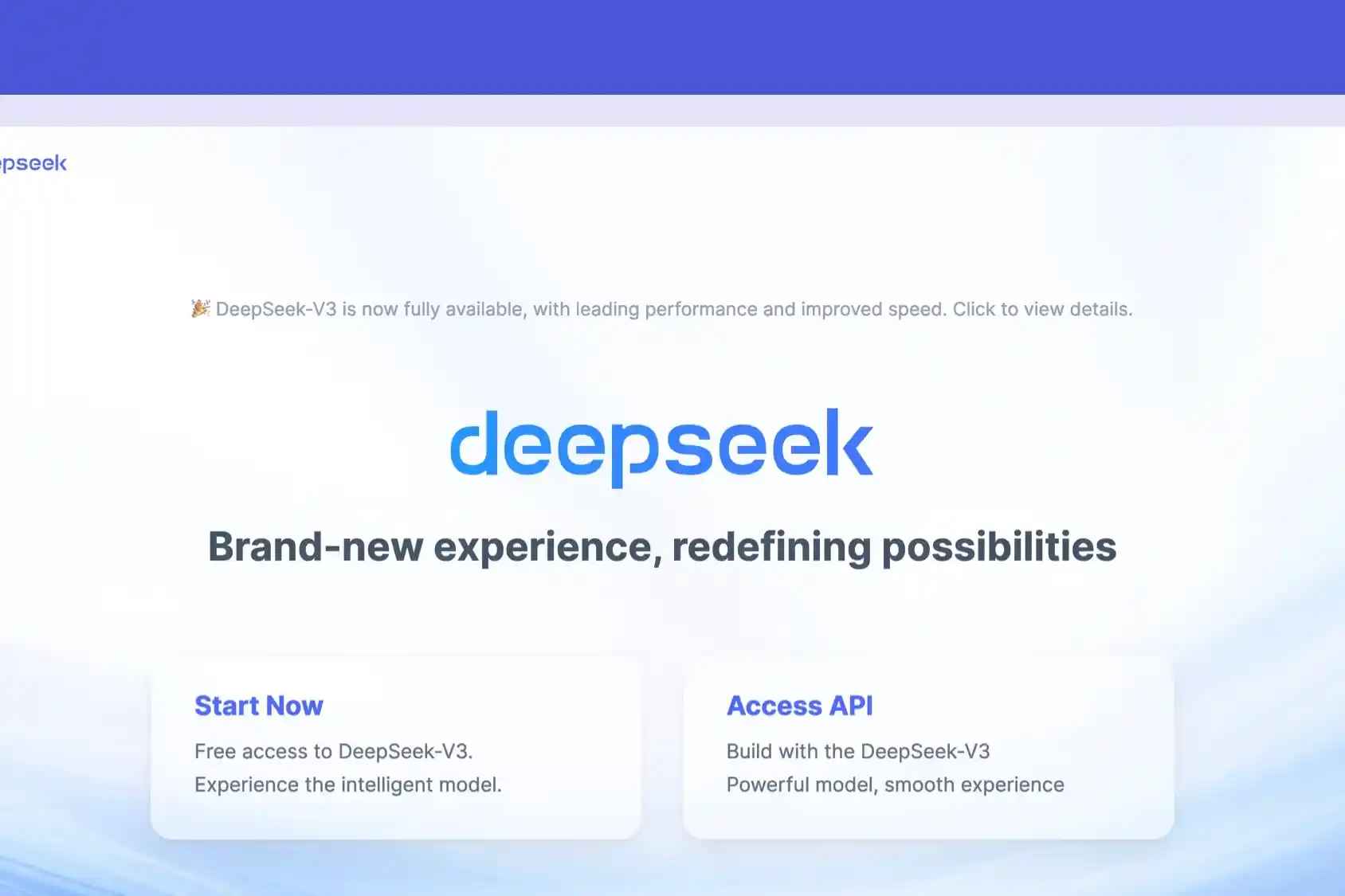
Image Source: picperf.io
Integrating DeepSeek's models into applications is streamlined through robust API support, making it accessible for developers.
Ease of Use
Developers can easily incorporate DeepSeek functionalities into their systems with minimal setup required. The API documentation provides clear instructions on implementation steps and best practices for effective usage. For instance, obtaining an API key is straightforward, and example code snippets are available in multiple programming languages, including Python and JavaScript, to facilitate quick integration.
Scalability
The API is designed to handle varying loads efficiently, making it suitable for both small-scale applications and enterprise-level deployments that require high availability under heavy traffic conditions. DeepSeek's infrastructure supports seamless scaling, ensuring consistent performance regardless of user demand.
Challenges and Limitations
Despite its advancements, DeepSeek faces several notable challenges:
Self-Censorship
As a Chinese company operating within a specific regulatory environment, some versions of DeepSeek’s models exhibit self-censorship on sensitive topics or politically charged issues. This limitation can restrict their applicability in certain contexts compared to competitors based outside China. The need to comply with local regulations may hinder the models' effectiveness in providing unbiased information and comprehensive responses.
Safety Risks
The open-source nature of DeepSeek's AI models introduces potential safety risks. These models can be misused for harmful purposes if not properly regulated or monitored by developers who implement them within their applications. This raises ethical concerns about accountability, particularly when deploying such technologies at scale. Ensuring that users adhere to responsible usage guidelines is critical to mitigating these risks and maintaining public trust in AI technologies.
Future Directions
Looking ahead at potential growth trajectories for DeepSeek reveals exciting possibilities:
Research Initiatives
Continued investment in foundational research will push the boundaries of artificial intelligence technology, potentially leading to breakthroughs that enhance reasoning capabilities even more dramatically than current iterations allow. DeepSeek's focus on efficient training techniques and domain-specific applications positions it to make significant advancements in AI.
Global Expansion
Exploring partnerships beyond China could enhance DeepSeek's international presence while tapping into new markets where demand exists for advanced AI solutions tailored to local needs and preferences. By fostering collaborations with organizations and researchers worldwide, DeepSeek can leverage its open-source models to democratize access to AI technology, similar to initiatives seen with other global players.
Comparison with Competitors
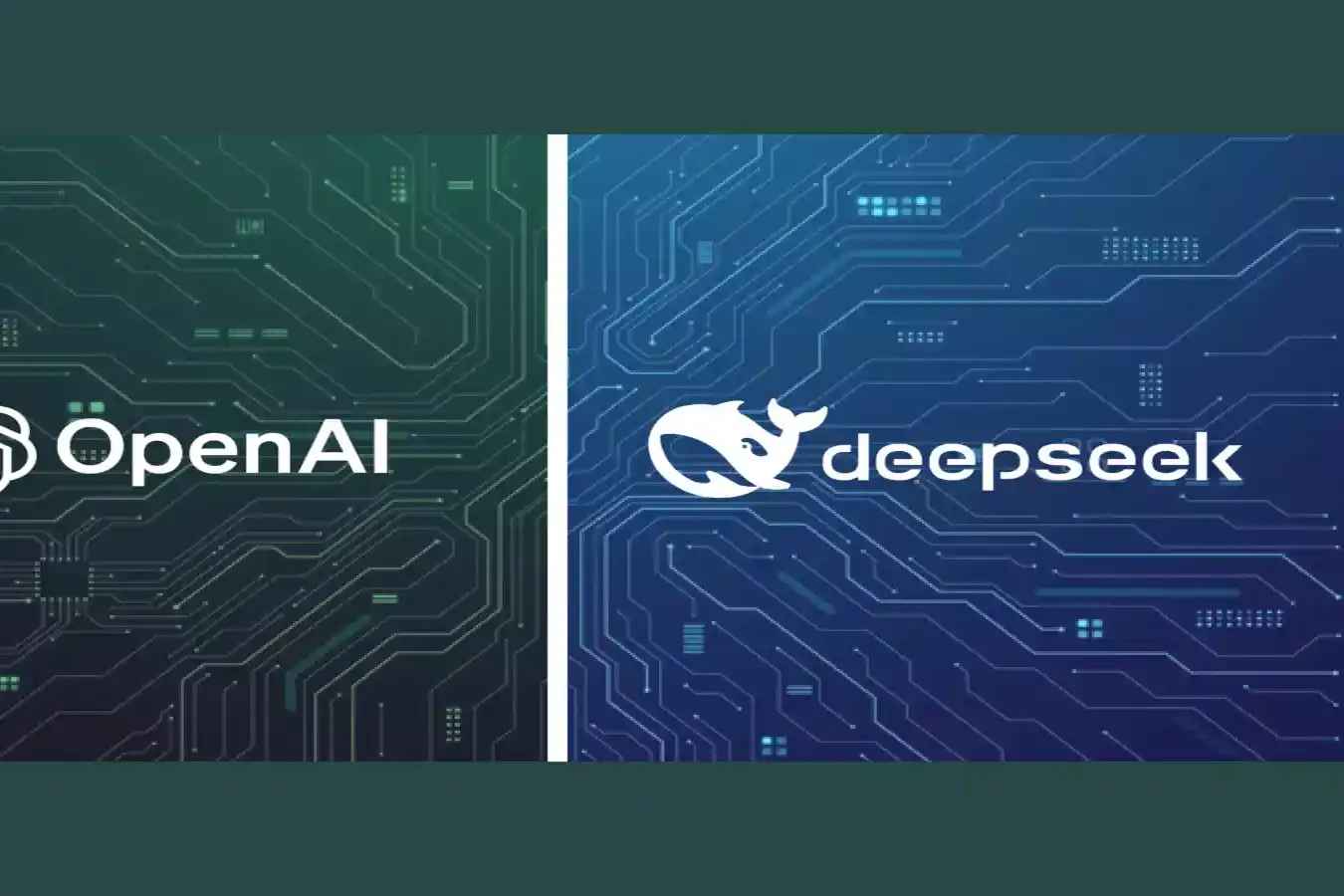
Image Source: etimg.com
The emergence of DeepSeek has prompted comparisons with established AI giants like OpenAI and Google. Below is a detailed comparison highlighting key features and performance metrics:
| Feature | DeepSeek | OpenAI | |
|---|---|---|---|
| Cost | Free | Subscription-based | Free (limited) |
| Parameter Count | 671 billion | Varies (e.g., GPT-4 has around 175 billion) | Varies (e.g., PaLM has 540 billion) |
| Reasoning Capability | Yes | Limited | Limited |
| Open Source | Yes | No | No |
| Founded | 2023 by Liang Wenfeng | 2015 by Elon Musk, Sam Altman, et al. | 1998 by Larry Page and Sergey Brin |
| Mission | Open-source AI for accessibility | Ensure AGI benefits all of humanity | Organize the world's information |
| Key Model | DeepSeek-R1 | GPT-4 | PaLM |
| Development Cost | <$6 million | Hundreds of millions of dollars | Hundreds of millions of dollars |
| Performance (Math) | 79.8% on AIME benchmark | 79.2% on AIME benchmark | Varies |
| Performance (General) | Specialized (math, coding) | Versatile, excels in multiple domains | Versatile, excels in search and NLP |
| Speed | Record-breaking inference speeds | High-speed but resource-intensive | High-speed |
| Use Cases | Problem-solving, coding, mathematical tasks | Creative writing, translation, general NLP | Search, information retrieval |
| Access | Free and open for everyone | Paid APIs and commercial partnerships | Free with limitations |
| Market Impact | Disrupted AI norms with cost-effective models | Industry leader with partnerships (Microsoft) | Dominant in search and information access |
| Ethics/Safety | Promotes transparency, shared responsibility | Focused on controlled, safe AI deployment | Focused on user privacy and data security |
| Target Audience | Developers, startups, researchers | Enterprises, large-scale businesses | General public |
| Notable Collaboration | Open-source community | Microsoft, Azure | Various tech partnerships |
| Innovation | Cost-effective AI at scale | Pioneering large-scale proprietary models |
DeepSeek's innovative approach to AI development positions it as a formidable competitor to established players like OpenAI and Google. Its open-source model and cost-effective solutions offer unique advantages, particularly in technical applications such as mathematics and coding. In contrast, OpenAI focuses on versatile applications across various domains while maintaining a proprietary model. Google continues to lead in search capabilities but faces challenges from emerging players like DeepSeek that are reshaping the competitive landscape in AI technology.
Conclusion
DeepSeek represents a significant shift in the artificial intelligence landscape, showcasing that innovation can emerge from unexpected places. Its commitment to open-source principles and cost-effective solutions positions it as a disruptive force against established players, prompting competitors to reevaluate their strategies. The launch of models like DeepSeek R1 has sparked a global AI race, highlighting the potential for lower-cost, high-performance solutions. With operational costs estimated at 20 to 50 times less than those of competitors, DeepSeek challenges traditional notions of AI development. As it continues to evolve, DeepSeek's success will resonate throughout the tech industry, shaping advancements across various sectors reliant on cutting-edge technologies and inspiring a new wave of innovation in AI.
















